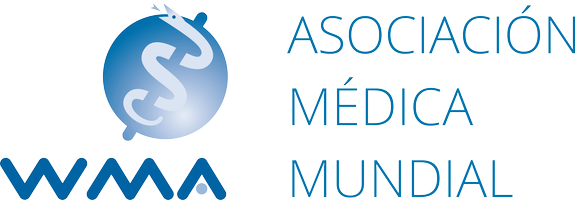WMA Statement on Adolescent Suicide
Adopted by the 43rd World Medical Assembly, Malta, November 1991
and revised by the 57th WMA General Assembly, Pilanesberg, South Africa, October 2006
and by the 67th WMA General Assembly, Taipei, Taiwan, October 2016
PREAMBLE
The past several decades have witnessed a dramatic change in causes of adolescent mortality. Previously, adolescents mostly died of natural causes, whereas they now more likely die from preventable causes. Part of this change has been a worldwide rise in adolescent suicide rates in both developed and developing countries. In the adolescent population, suicide is currently one of the leading causes of death. Suicides are probably under-reported due to cultural and religious stigma attached to self-destruction and to an unwillingness to recognize certain traumas, such as some automobile accidents, as self-inflicted.
Adolescent suicide is a tragedy that affects not only the individual but also the family, peers and larger community in which the adolescent lived. Suicide is often experienced as a personal failure by parents, friends and physicians who blame themselves for not detecting warning signs. It is also viewed as a failure by the community, serving as a vivid reminder that modern society often does not provide a nurturing, supportive and healthy environment in which children can grow and develop.
Factors contributing to adolescent suicide are varied and include: affective disorders, trauma, emotional isolation, low self-esteem, excessive emotional stress, eating disorders, harassment (school bullying, cyber bullying and sexual harassment), romantic fantasies, thrill-seeking, drug and alcohol abuse, the availability of firearms and other agents of self-destruction, and media reports of other adolescent suicides, which may inspire copycat acts. In addition, the prolonged exposure to electronic media, which predominantly affects adolescents through their use of computer games and social media, can contribute to social isolation, school failure and malaise amongst young people.
Youth within correctional facilities are at a higher risk for suicide than the general population, yet they have fewer resources available to them. The lack of resources makes it difficult to identify those at risk for suicide.
The incidence of adolescent suicide is observed to be greater in the “first peoples” of some nations. The reasons for this are complex.
The health care of adolescents is best achieved when physicians provide comprehensive services, including both medical and psychosocial evaluation and treatment. Continuous, comprehensive care provides the physician the opportunity to obtain the information necessary to detect adolescents at risk for suicide or other self-destructive behaviour. This service model also helps to build a socially supportive patient-physician relationship that may moderate adverse influences adolescents experience in their environment.
In working to prevent adolescent suicide, the World Medical Association recognizes the complex nature of adolescent bio-psycho-social development; the changing social world faced by adolescents; and the introduction of new, more lethal, agents of self-destruction. In response to these concerns, the World Medical Association recommends that National Medical Associations adopt the following guidelines for physicians. In doing so, we recognise that many other players – parents, governmental agencies, schools, communities, social services – also have important roles in this area.
RECOMMENDATIONS
- All physicians should receive, during medical school and postgraduate training, education in child psychiatry and adolescent bio-psycho-social development, including education in the risk factors for suicide.
- Physicians should be trained to identify early signs and symptoms of physical, emotional, and social distress of adolescent patients. They should also be trained to identify the signs and symptoms of psychiatric disorders, like depression, bipolar disorder and substance use disorders, that may contribute to suicide as well as other self-destructive behaviours.
- Physicians should be taught how and when to assess suicidal risk in their adolescent patients.
- Physicians should be taught and keep up-to-date on the treatment and referral options appropriate for all levels of self-destructive behaviours of their adolescent patients. The physicians with the most significant training in adolescent suicide are child and adolescent psychiatrists, so the patient should be referred to one if available.
- Physicians should also collaborate with other relevant stakeholders, such as social workers, school officials, and psychologists who bear expertise in child and adolescent behavior.
- When caring for adolescents with any type of trauma, physicians should consider the possibility that the injuries might have been self-inflicted.
- When caring for adolescents who demonstrate deterioration in thinking, feeling or behaviour, the possibility of substance abuse and addiction should be considered, and the threshold should be low for urine toxicology assessment.
- Health care systems should facilitate the establishment of mental health consultation services aimed at preventing suicide and should pay for the socio-medical care given to patients who have attempted suicide. Services should be tailored to the specific needs of adolescent patients.
- Epidemiological studies on suicide, its risk factors and methods of prevention should be conducted, and physicians should keep up-to-date with such studies.
- When caring for adolescents with psychiatric disorders or risk factors for suicide, physicians should educate parents or guardians to watch for the signs of suicide and educate them about the options for evaluation.
- Physicians should advocate for the identification of at risk groups of adolescents with the mobilization of specifically targeted resources directed at prevention and risk reduction.
